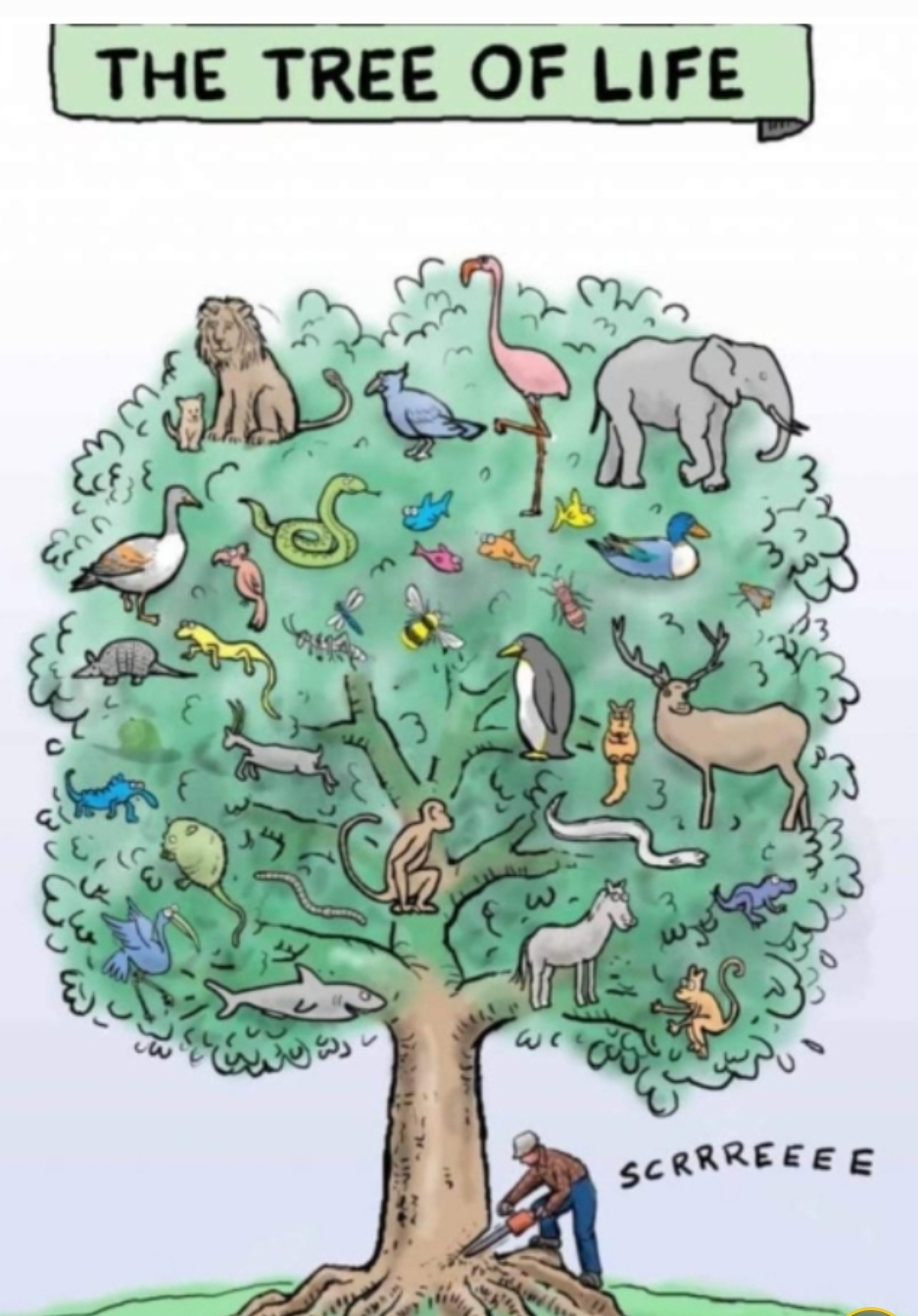Tree Thinking: does Convergence Negates Homology?
In evolutionary biology, understanding the relationships between organisms is crucial. Traditionally, scientists relied heavily on morphological similarities to establish these relationships. The concept of homology, shared traits due to common ancestry, formed the bedrock of this approach. However, recent advancements in our understanding of evolution, particularly the concept of convergent evolution, necessitate a critical reevaluation of homology as the sole indicator of evolutionary connection. This essay explores the concept of tree thinking, a powerful framework for understanding evolution, and how it highlights the limitations of homology in determining evolutionary relationships when convergence is at play.
Tree Thinking: A Branching Narrative
Tree thinking, also known as phylogenetic thinking, depicts evolutionary relationships as branching diagrams called phylogenies. These branching patterns represent the divergence of ancestral populations into descendant species over time. The branching points indicate speciation events, where a single species splits into two or more distinct lineages. By analyzing these branching patterns, scientists can infer the evolutionary history of a group of organisms.
Tree thinking offers a robust framework for understanding evolution because it considers several factors beyond just physical similarities. It incorporates fossil evidence, geographical distribution patterns, and increasingly, genetic data. This multifaceted approach allows scientists to reconstruct the evolutionary timeline more accurately and identify instances where convergent evolution might be misleading our understanding of homology.
Convergence: When Similar Doesn't Mean Related
Convergent evolution is a phenomenon where unrelated organisms evolve similar traits due to adaptation to similar environments or ecological pressures. These similarities, while visually striking, are not indicative of shared ancestry. A classic example is the streamlined body shape of dolphins (mammals) and sharks (cartilaginous fish). Both have evolved this form to optimize movement through water, but their evolutionary paths diverged millions of years ago. Tree thinking emphasizes the independent acquisition of these traits through convergent evolution, highlighting the limitations of relying solely on homology for determining evolutionary relationships.
Case Study: The Superficial Similarities of Bats and Birds
Bats and birds are often cited as examples of convergent evolution. Both possess wings and the ability to fly. However, their underlying anatomy reveals a distinct lack of homology. Bird wings are formed by extensions of the forelimbs with feathers attached. In contrast, bat wings are a membrane stretched between elongated fingers. This difference in skeletal structure underscores their independent evolution of flight. Tree thinking, by incorporating anatomical data alongside the presence of wings, would correctly classify bats and birds as separate branches on the evolutionary tree, highlighting the convergence that led to their similar aerial abilities.
Beyond Morphology: The Power of Genetics
The advent of genetic analysis has revolutionized our understanding of evolutionary relationships. DNA sequences, the fundamental blueprint of life, hold a wealth of information about an organism's ancestry. By comparing the DNA of different species, scientists can identify shared genetic markers that indicate common descent. This approach complements the morphological analysis used in tree thinking and provides a more objective measure of homology.
For instance, bats and birds, despite their superficial similarities in wings, show significant differences in their genetic makeup. This genetic divergence aligns with the anatomical evidence of non-homologous wings, further strengthening the argument for convergent evolution.
The Importance of Rethinking Homology
While homology remains a valuable concept in evolutionary biology, it's crucial to acknowledge its limitations in light of convergent evolution. Tree thinking, by incorporating various lines of evidence, provides a more nuanced understanding of evolutionary relationships. When evaluating homology, it's essential to consider the underlying anatomical structures, geographical distribution patterns, and most importantly, genetic data.
Conclusion
Tree thinking, with its emphasis on multiple lines of evidence, offers a powerful framework for understanding the intricate tapestry of evolution. By acknowledging the limitations of homology in the face of convergent evolution, we can move towards a more comprehensive and accurate picture of the evolutionary relationships between organisms. This shift in perspective allows us to appreciate the similar solutions that arise independently across diverse lineages through the process of convergent evolution.
Tree thinking: convergence negates homology



Comments
Post a Comment